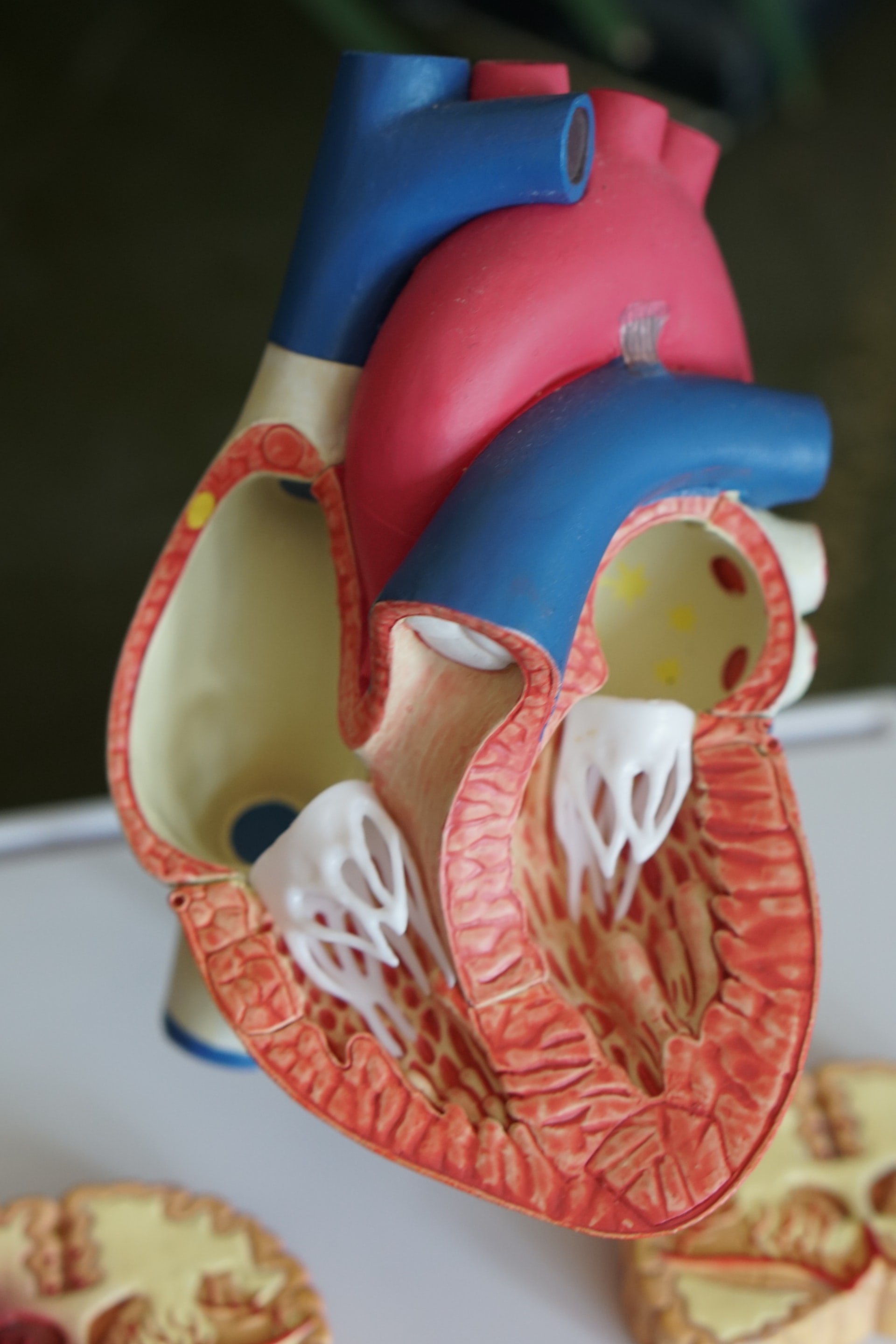Left Gastric Artery – One Of The Most Important Arteries In The Body
The left gastric artery comes from the celiac artery and goes along the superior section of the minor curvature of the stomach in human anatomy.
Author:Suleman ShahReviewer:Han JuMay 28, 202248K Shares1.1M Views

The left gastric arterycomes from the celiac artery and goes along the superior section of the minor curvature of the stomach in human anatomy.
Branches likewise supply the lower esophagus.
The left stomach artery joins the right gastric artery, which flows from right to left.
The left gastric artery may be implicated in peptic ulcer disease. Suppose an ulcer erodes through the stomach mucosa into a branch of the artery. In that case, this may cause substantial blood loss in the stomach, resulting in symptoms such as hematemesis or melaena.
Anatomy Of Left Gastric Artery
The left gastric artery (LGA) is the celiac artery's smallest and first branch.
The left gastric artery ascends above the diaphragm's left crus, approaches the diaphragm's esophageal opening, gives out an esophageal branch to the distal esophagus, and then enters the lesser omentum to travel along the lesser curvature of the stomach.
It connects with the right gastric artery from the common hepatic artery along the lesser curvature and with the short gastric arteries from the splenic artery across the fundus of the stomach.
The left gastric artery region accounts for about 85 percent of upper gastrointestinal bleeding.
Prophylactic embolization of the left gastric artery may be done in a patient with severe upper GI bleeding, but no active bleeding source is found on angiography.
Because of the abundant collateral blood supply, upper GI embolization is well tolerated. It is derived straight from the aorta.
It is the origin of one or both phrenic arteries.
It is also the origin of an additional or replacement left hepatic artery.
Left Gastric Artery Branches
The left gastric artery sends out 1-3 esophageal branches at the cardiac end of the stomach, which ascend via the diaphragm's esophageal aperture and feed the distal region of the esophagus.
It usually ends by feeding the right upper anterior and posterior walls of the stomach by anterior and posterior branches that follow the smaller curvature of the stomach.
Typically, the posterior branches anastomose with branches of the right stomach artery.

46. Left Gastric artery | Branches of celiac trunk | Blood supply of abdomen
Left Gastric Artery Function
It transports blood to the head of the pancreas, parts of the duodenum, and the remainder of the small intestine.
It also transports blood from the cecum through the center of the transverse colon to the large intestine.
The celiac artery supplies the stomach's circulatory supply, which branches into the hepatic artery, left gastric artery, and splenic artery.
The right and left gastric arteries run along the smaller curvature of the stomach, whereas the right and left gastroepiploic arteries run along the more significant curvature.
The fundus is supplied by a few branches of the splenic artery (short gastric arteries).
The hepatic artery gives birth to the gastroduodenal artery, becoming the right gastroepiploic artery.
The gastroduodenal artery then feeds the pancreaticoduodenal cranial artery, which provides circulatory support to the proximal duodenum.
Left Gastric Artery Radiology
The left stomach artery developed abnormally as a direct aorta branch in most cases.
This was the most common scenario.
The left gastric artery was principally responsible for supplying the liver, whereas the stomach only received tiny contributions.
An abnormal origin of the left gastric artery will always impact the angiographic diagnosis and the stomach's upper right fundus and body, the therapeutic approach used for gastrointestinal bleeding.
People Also Ask
Where Is Left Gastric Artery?
The left gastric artery travels superiorly across the left crus of the diaphragm, becoming closer to the esophageal entrance of the diaphragm and then sending out an esophageal branch to the distal esophagus before entering the lesser omentum and traveling along the lesser curvature of the stomach.
Does Left Gastric Artery Supply Esophagus?
The upper esophagus receives its blood supply from the thyroid arteries.
The mid esophagus receives its blood supply from branches of the aorta.
The lower esophagus gets most of its blood supply from the left gastric artery.
What Artery Supplies The Left Side Of The Stomach?
The splenic artery is located posterior to the stomach and along with the superior pancreas.
It is encased inside the splenorenal ligament and goes along the superior pancreas.
The splenic artery nourishes the spleen and originates the left gastroepiploic, short gastric, and pancreatic arterial branches.
Conclusion
The celiac artery supplies the stomach's circulatory supply, which branches into the hepatic artery, left gastric artery, and splenic artery.
The left gastric artery originates and travels along the superior section of the stomach's minor curvature.
The left stomach artery joins the right gastric artery, which flows from right to left.
The left gastric artery has esophageal branches that supply the stomach's upper right fundus and body and the distal (abdominal) esophagus.

Suleman Shah
Author
Suleman Shah is a researcher and freelance writer. As a researcher, he has worked with MNS University of Agriculture, Multan (Pakistan) and Texas A & M University (USA). He regularly writes science articles and blogs for science news website immersse.com and open access publishers OA Publishing London and Scientific Times. He loves to keep himself updated on scientific developments and convert these developments into everyday language to update the readers about the developments in the scientific era. His primary research focus is Plant sciences, and he contributed to this field by publishing his research in scientific journals and presenting his work at many Conferences.
Shah graduated from the University of Agriculture Faisalabad (Pakistan) and started his professional carrier with Jaffer Agro Services and later with the Agriculture Department of the Government of Pakistan. His research interest compelled and attracted him to proceed with his carrier in Plant sciences research. So, he started his Ph.D. in Soil Science at MNS University of Agriculture Multan (Pakistan). Later, he started working as a visiting scholar with Texas A&M University (USA).
Shah’s experience with big Open Excess publishers like Springers, Frontiers, MDPI, etc., testified to his belief in Open Access as a barrier-removing mechanism between researchers and the readers of their research. Shah believes that Open Access is revolutionizing the publication process and benefitting research in all fields.

Han Ju
Reviewer
Hello! I'm Han Ju, the heart behind World Wide Journals. My life is a unique tapestry woven from the threads of news, spirituality, and science, enriched by melodies from my guitar. Raised amidst tales of the ancient and the arcane, I developed a keen eye for the stories that truly matter. Through my work, I seek to bridge the seen with the unseen, marrying the rigor of science with the depth of spirituality.
Each article at World Wide Journals is a piece of this ongoing quest, blending analysis with personal reflection. Whether exploring quantum frontiers or strumming chords under the stars, my aim is to inspire and provoke thought, inviting you into a world where every discovery is a note in the grand symphony of existence.
Welcome aboard this journey of insight and exploration, where curiosity leads and music guides.
Latest Articles
Popular Articles
